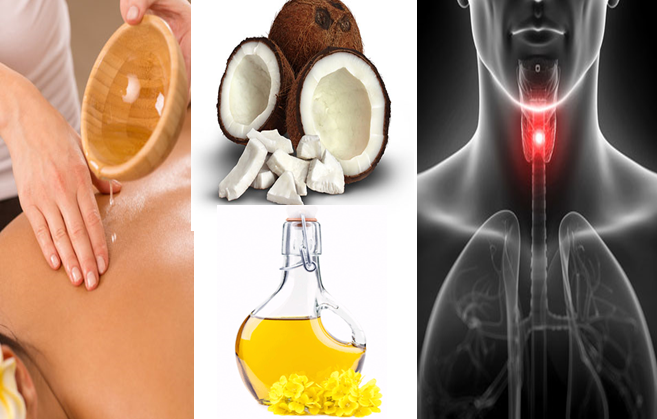A bottle of fizz is the drink of choice whenever we’ve got something to celebrate. But while Champagne is generally considered the pick of the sparkling wines, is it necessarily the case that it’s better?
While Champagne is so called because of the region in which it’s made, similar methods are used in the manufacture of Cava and Prosecco – but there are crucial differences that set Champagne apart from the rest.
Cava, made using the ‘Methode Tradicional’, is formed from a blend of several types of wine but like Champagne, is also allowed to go through its second fermention in the bottle. The process takes nine months.
Our wine experts at Co-op shed a little more light on the differences between Champagne, Cava and Prosecco:
France produces Champagne, but is it responsible for any other sparkling wines?
Yes. Champagne production is governed by strict rules and only sparklers made in the region of Champagne using local grapes may be labelled as such. Other regions do produce notable sparkling wines, often referred to as ‘Cremant’. These are often very good value, especially when compared with entry-level Champagne, for example.
 Where is Cava made?
Where is Cava made?
Spain is famed for its Cava. Freixenet and Codorniu dominate the market but there are many smaller wineries making fine fizz from the traditional varieties Macabeu, Parellada and Xarel·lo.
And Prosecco?
Italy is responsible for the phenomenon that is Prosecco, which, in 2013, edged ahead of Champagne in terms of bottle sold around the world (307 million versus 304 million respectively). The less complicated production process results in a softer, more approachable, ‘off-dry’ wine.
 Are only white grapes used to make Champagne?
Are only white grapes used to make Champagne?
No. In fact, Pinot Noir, a red grape, is integral to the production process. They take care to keep the skin away from contact with the juice of the grapes so that the resulting liquid harvested from the white flesh of the grape remains white.
Is Champagne made using more than one grape then?
Yes – three varieties are blended in a process called assemblage: Pinot Noir, Pinot Meunier and Chardonnay.
 What grapes are used in the production of Cava and Prosecco?
What grapes are used in the production of Cava and Prosecco?
In Cava, native Spanish grapes Macabeu, Parellada and Xarello are used, while Prosecco is made using just one grape – Glera.
So what are the differences in taste?
Generally speaking, Prosecco is lighter and slightly sweeter than Champagne. Cava is normally drier than Prosecco – on a par with Champagne – but is arguably less complex without the depth of flavour and distinctive ‘biscuity’ notes.
 Are there differences in how they should be served?
Are there differences in how they should be served?
While Champagne is good for all occasions, Cava is usually drunk after dinner and paired with Spanish sweets, such as turron. Prosecco, meanwhile, is often enjoyed as an aperitif as well as during meals or with dessert. Both Cava and Prosecco are best enjoyed during the first three years. All should be served chilled in an ice bucket filled with water and ice for about half an hour.
What about price – how do they compare?
Most Cava and Prosecco retails at comfortably below £10 and is usually sold on promotion. There are relatively few top-end sparklers from Italy or Spain on the UK market although more ambitious bottles can be found. Champagne can range from £10 up to many hundreds of pounds depending on brand, scarcity – and marketing.
 Are customers better off buying a cheap Champagne or, say, a mid-price Prosecco?
Are customers better off buying a cheap Champagne or, say, a mid-price Prosecco?
It depends on the style and occasion! Most people prefer a slightly ‘off-dry’ style so either Prosecco or a demi-sec Champagne would be the best bet (the Prosecco will always be significantly cheaper). This style is also useful at weddings and other social functions where people might be raising a glass earlier in the day. Without food, a slightly sweeter style is more approachable.

























0 commentaires: